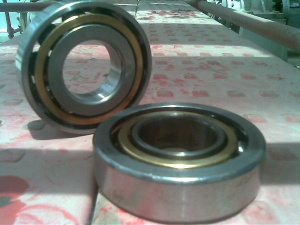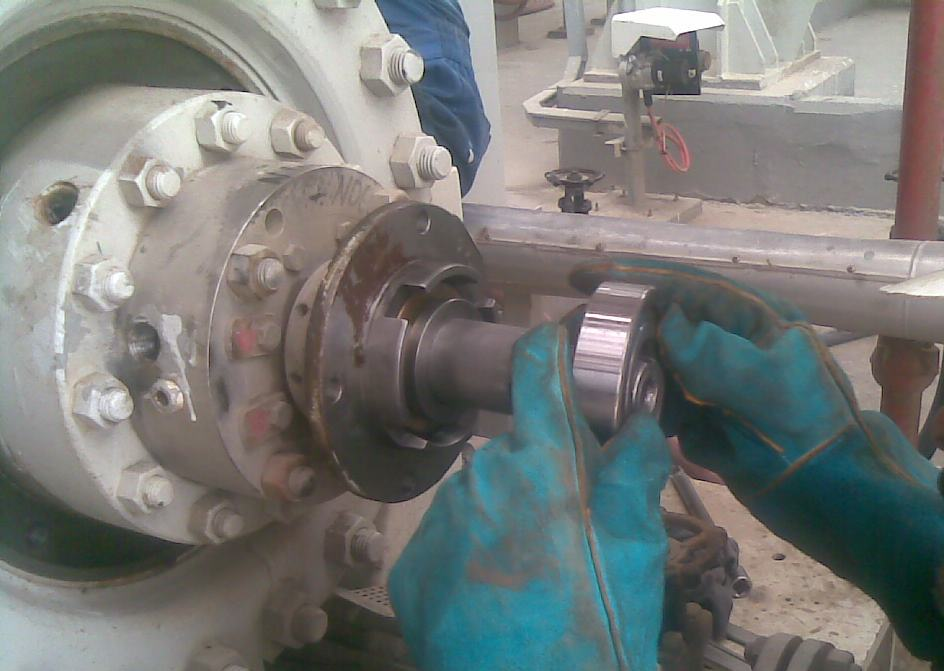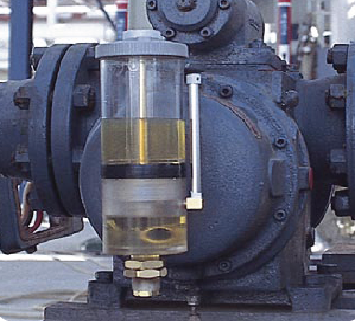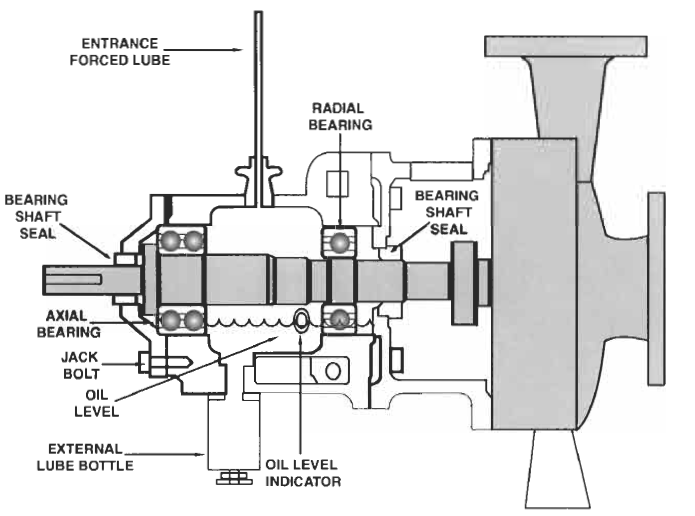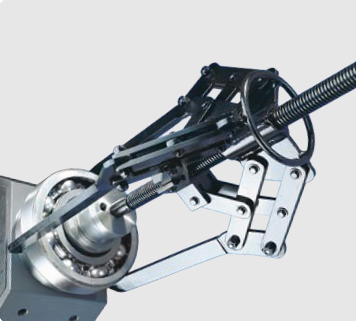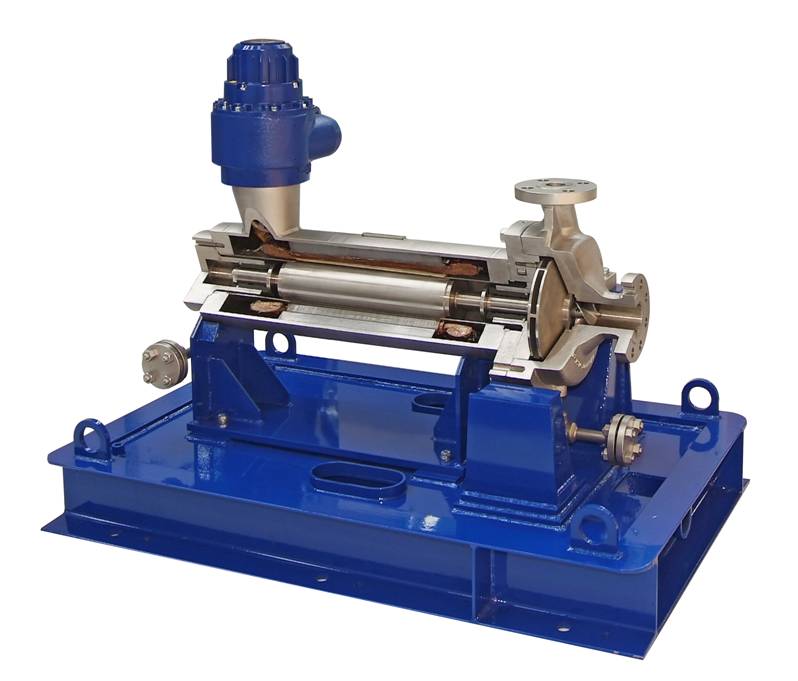Service Life for Bearings
Bearing service life is defined as the total number of revolution or number of hours at a given constant speed, for which bearing can operate before the bearing failure can develop.
Every bearing has a pre-calculated service life. However, research has shown that, for various reasons, not every bearing achieves it. Important stages which have a major impact on a bearing service life can be recognized during the bearing’s life cycle. These stages are mounting, lubrication, alignment, basic condition monitoring and dismounting. The stages in a bearing life cycle are extremely important for achieving the maximum service life of the bearing. By applying the right maintenance practices and using the correct tools, bearing’s service life can be considerably extended and plant productivity and efficiency can be maintained.
Mounting of bearings
Mounting of bearing is to correctly install the bearing on its rotating shaft using several equipments such as induction heater or hydraulic equipments. Induction heaters produce electromagnetic fields through an induction coil that converts heat when the electromagnetic field passes through the bearing. Hydraulic equipments are especial equipments that use hydraulic force to uniformly install or dismount the bearing from the shaft.
Mounting the bearings correctly is very important to meet their specified service life. If the bearing is not mounted properly using the correct method and tools, the bearing’s service lifetime will be reduced. Individual applications may require mechanical, heat or hydraulic mounting methods for correct and efficient bearing mounting. Selecting the correct mounting technique for a specific application can help to extend bearing’s service life and reduce costs resulting from premature bearing failure, as well as potential damage to the application. (See figure 1 for an example for installation of bearing).
Lubrication
Lubrication of bearings is done by bearing greases, manual/automatic lubricators and lubrication accessories. Correct bearing lubrication is an essential for meeting bearing’s service lifetime. It is important to select the suitable grease/oil for the bearing’s lubrication and to apply the correct quantity before commissioning the bearing. During operation, the bearings require periodic re-lubrication.
Bearing lubrication can be performed manually or automatically. Using manual re-lubrication methods is common practice; however, continuous re-lubrication offers many advantages. Continuous re-lubrication can be performed by using automatic lubricators, which provide a more consistent, correct and contamination-free grease supply.
Bearing Alignment
After the bearing has been mounted in an application such as a motor connected to a pump, the application should be aligned. Bearings can be aligned in several ways, but generally the procedure is to align the primover (motor or turbine) shaft with pump shaft. If the application is not properly aligned, the misalignment can cause the bearing to suffer additional load, friction and vibration. Improper bearing alignment can accelerate fatigue and reduce the bearing’s service life. Further more, increased vibration and friction can significantly increase energy consumption and the risk of premature failures.
Basic condition monitoring for bearings
During operation, it is important to regularly inspect the condition of the bearing by performing basic condition monitoring measurements. Operators are the best persons equipped for basic inspection activities, as they know the plant very well. They can often sense minor changes in sounds and vibrations. If an operator reports an abnormal running condition or abnormal vibrations. Then has to look into the reported problem by using some basic condition monitoring tools to detect the root cause . These regular inspections allow the detection of potential problems and help to prevent unexpected stoppage of machines. Consequently, the machine maintenance can be planned to suit the production schedule, increasing the plant’s productivity and efficiency.
Dismounting the bearings
At the end of a bearing's service life, it has to be replaced. Although the bearings may not be used again, it is extremely important to dismount it correctly so that the service life of the replacement bearing is not compromised.
Firstly, the use of proper dismounting tools will help prevent damage to other machine components, such as the shaft and housing, which are often re-used. Secondly, incorrect dismounting techniques can be hazardous to maintenance personnel.
